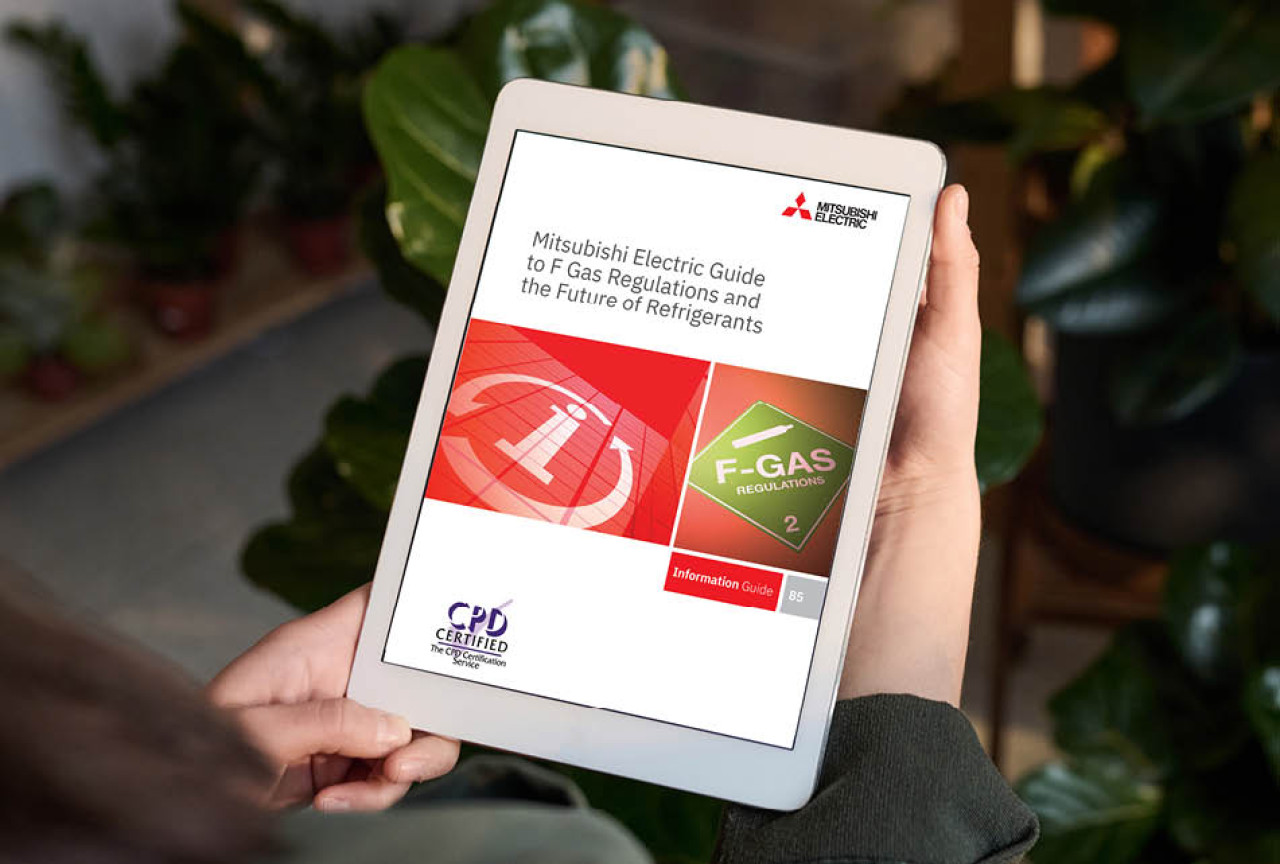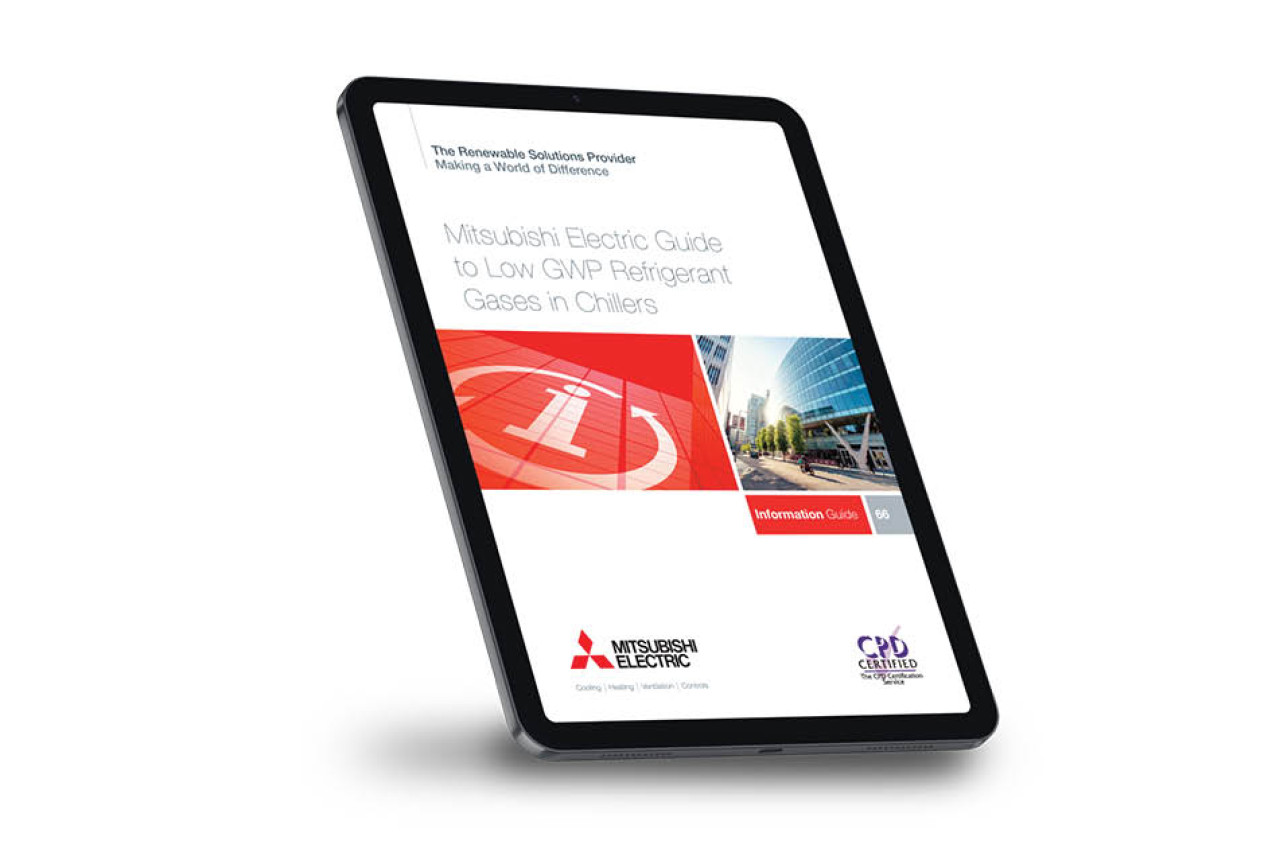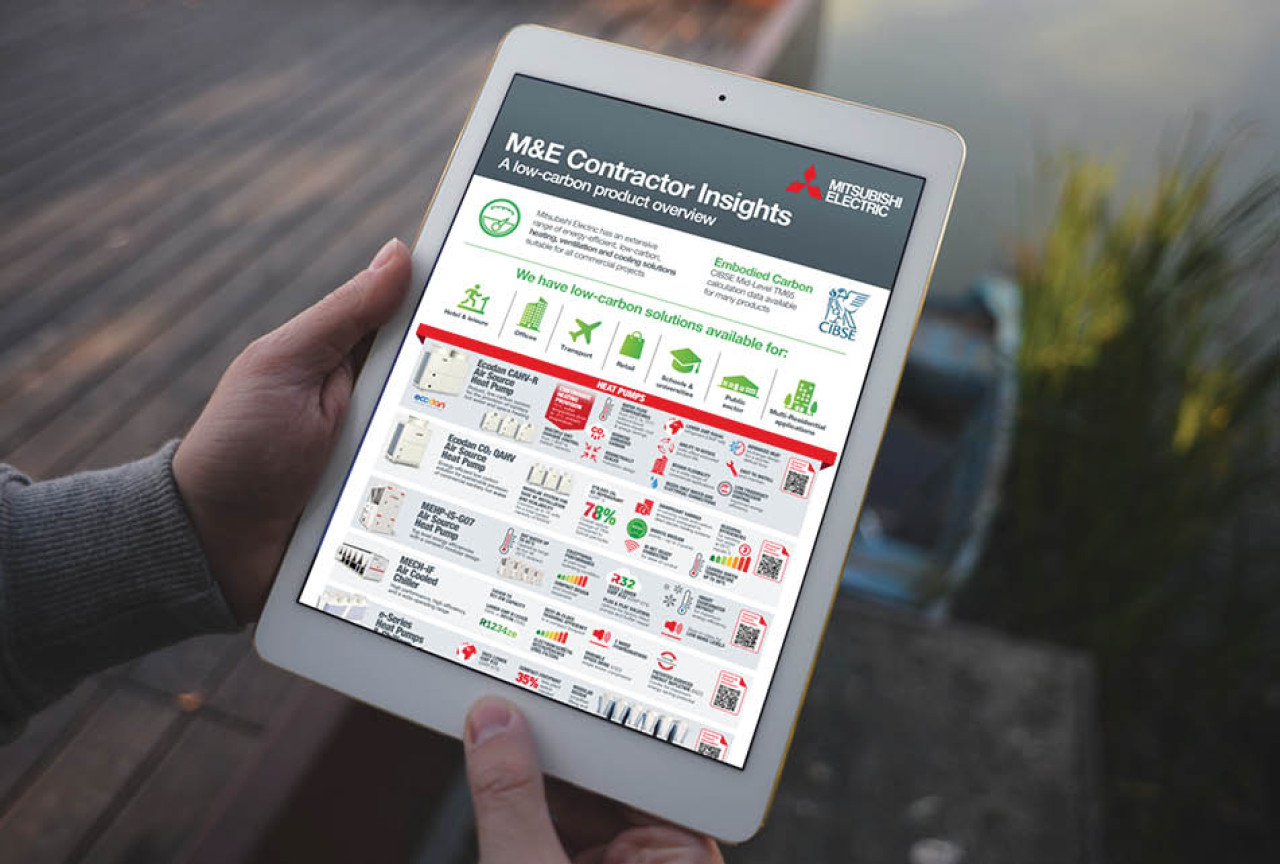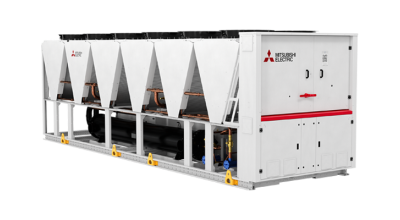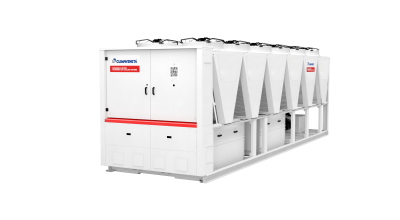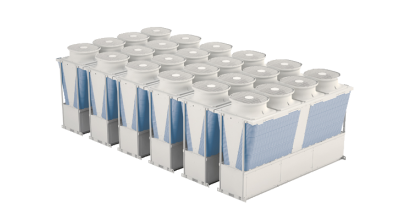F Gas and the built environment - An insight for M&E contractors
F gases, or fluorinated gases, are powerful chemicals that trap heat in the earth’s atmosphere, contributing to global warming and climate change. The European Union introduced the F Gas Regulations to cut the use of these gases and reduce their release into the atmosphere.
The UK is following EU regulations in this area, so it’s vital for M&E Contractors involved in the delivery of any HVAC system that uses refrigerants to have a clear understanding of these rules.
The F Gas Regulations focus on removing gases with high global warming potential (GWP). We have already seen the phase-out of refrigerants such as R22 in our sector, and more changes are ahead over the next few years. The current UK objective is a 79% reduction in F gases by 2030, but this target may rise as high as 90% if new proposals are implemented.
The first impact of this is the introduction of new, lower-GWP refrigerants into our sector. In addition, as higher GWP refrigerants are phased down, M&E Contractors will have to advise clients on their choice of system while considering the accessibility and affordability of refrigerants for future maintenance.
Staying ahead of what these issues mean for system performance and clients’ long-term costs will be critical for M&E contractors.
Mitsubishi Electric leads the way in developing cooling and heating systems that make use of lower-GWP refrigerants such as HFOs, CO2 and R290. A range of these products is already available and in use in many projects.
We are aware of the challenge of making the right choice in this changing refrigerant landscape. That’s why we have put together this information pack which explains the current F Gas Regulations as well as future proposals.
